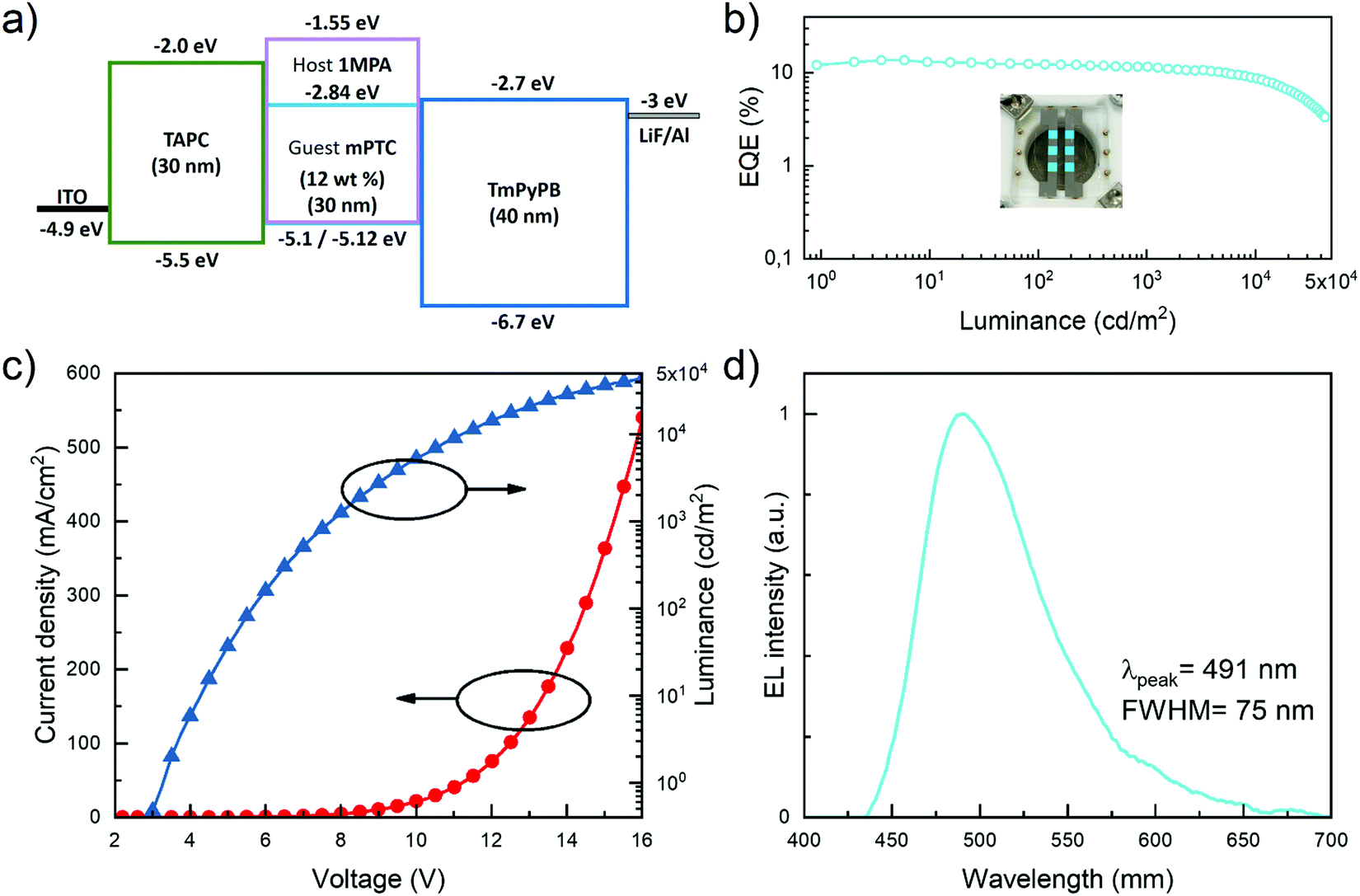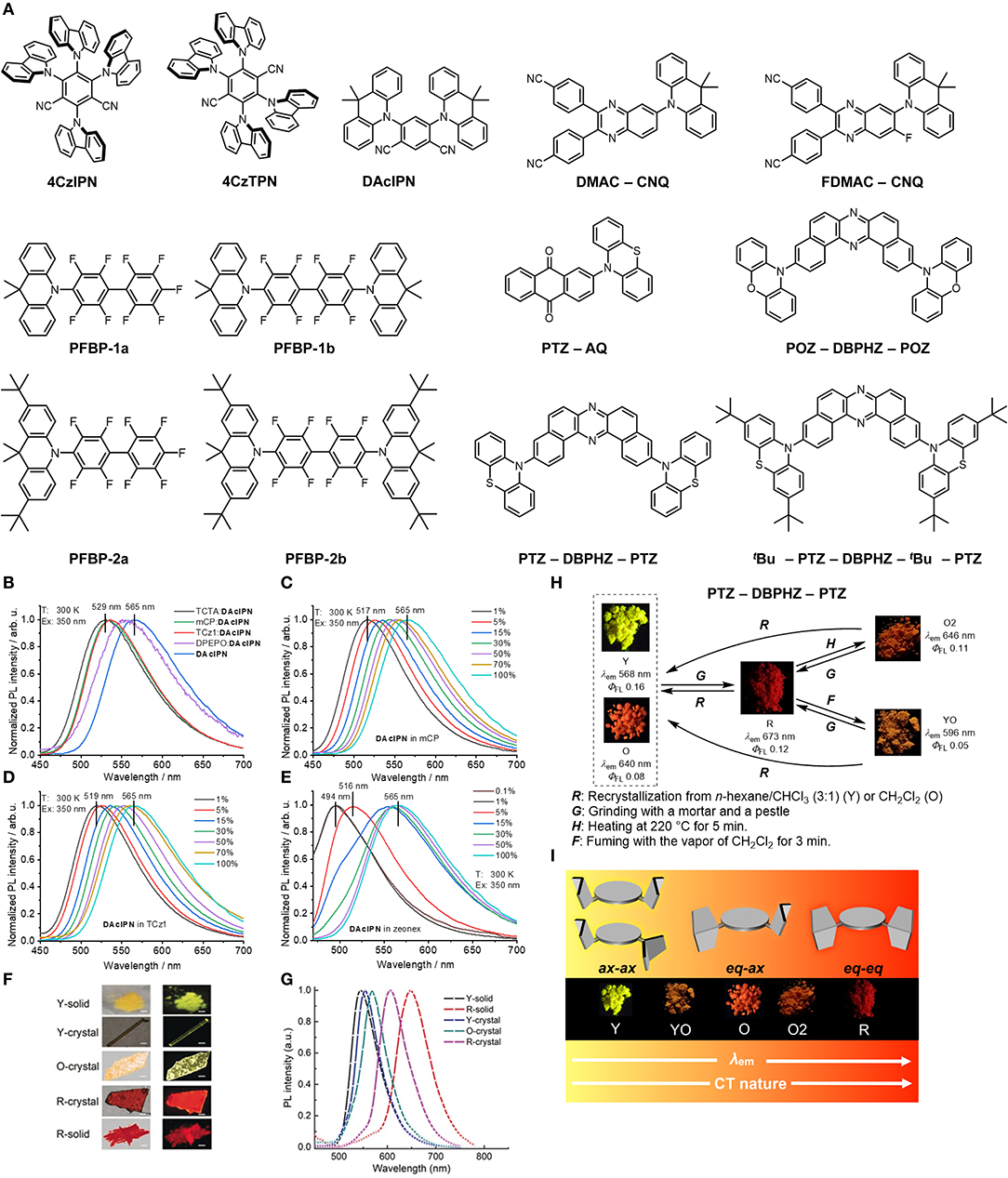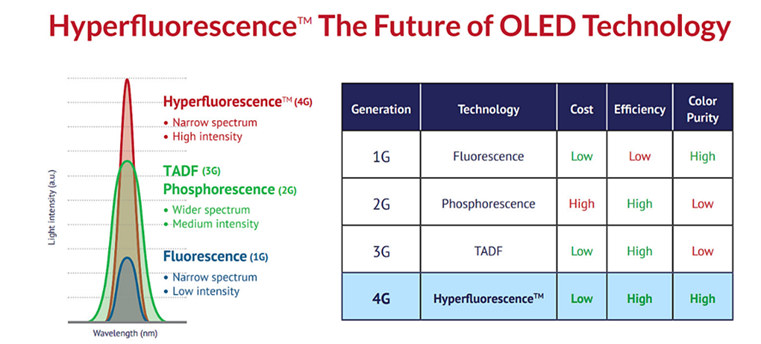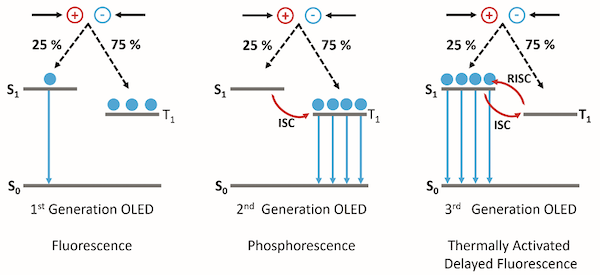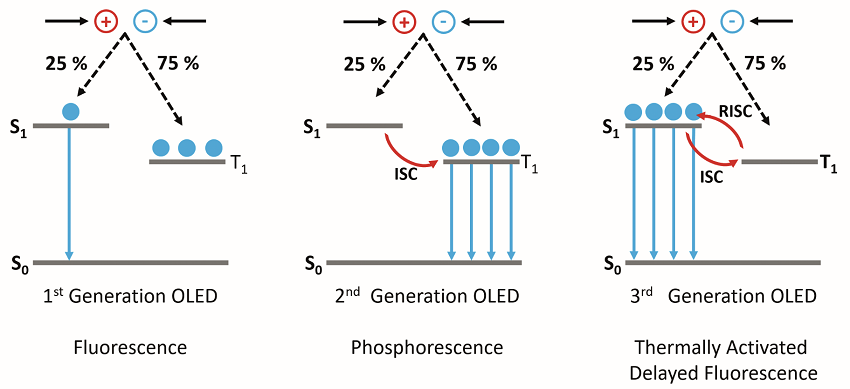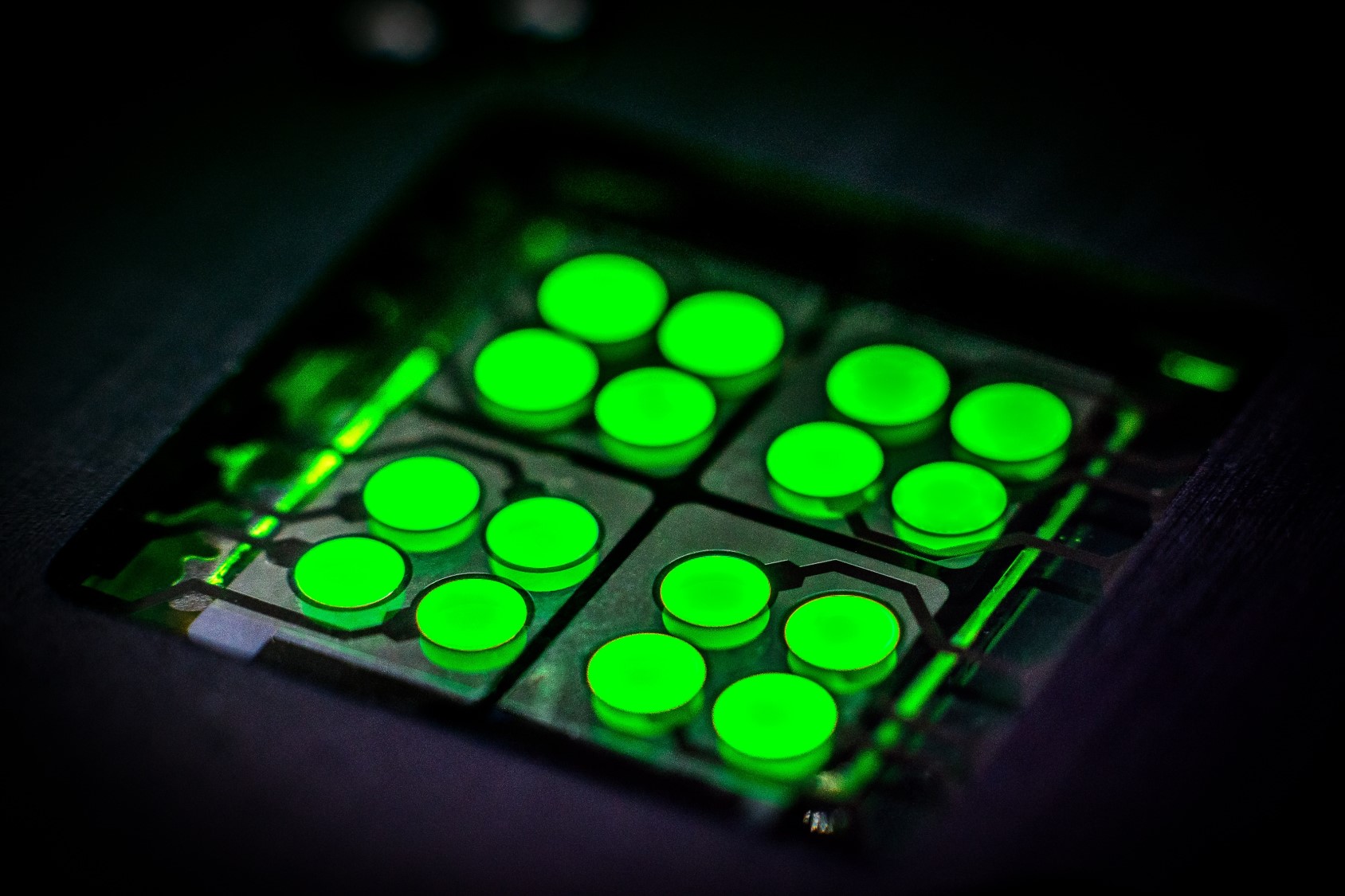
CYNORA Announces Availability of Industry's First Device Test Kits for TADF Deep Green Emitters for Next-Generation OLED Displays - CynoraCynora
Manipulation of blue TADF top-emission OLEDs by the first-order optical cavity design: toward a highly pure blue emission and balanced charge transport

TADF Technology for Efficient Blue OLEDs: Status and Challenges from an Industrial Point of View | IntechOpen
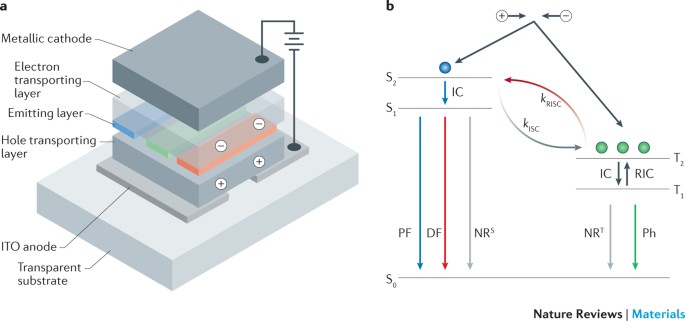
All-organic thermally activated delayed fluorescence materials for organic light-emitting diodes | Nature Reviews Materials

Supramolecular gating of TADF process in self-assembled nano-spheres for high-resolution OLED applications - Chemical Communications (RSC Publishing)

OLED performances of TADF emitters PQ1, PQ2, and PQ3 at 2 wt % doped... | Download Scientific Diagram

TADF Technology for Efficient Blue OLEDs: Status and Challenges from an Industrial Point of View | IntechOpen

Structures of red, green and blue TADF OLEDs. a Chemical structures of... | Download Scientific Diagram

Boron-based TADF emitters with improved OLED device efficiency roll-off and long lifetime - ScienceDirect

Highly Efficient Deep‐Blue OLEDs using a TADF Emitter with a Narrow Emission Spectrum and High Horizontal Emitting Dipole Ratio - Lim - 2020 - Advanced Materials - Wiley Online Library
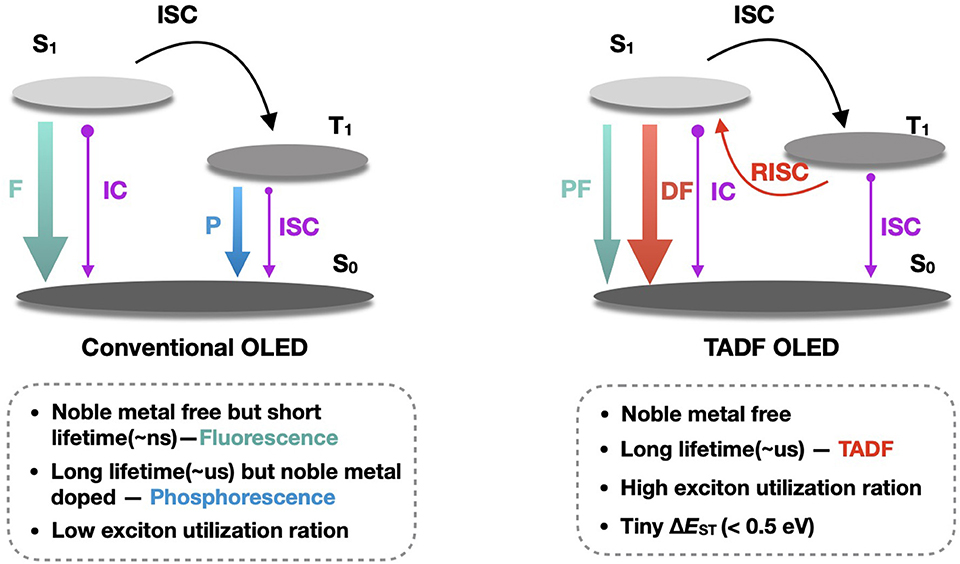
Frontiers | Recent Advances in Thermally Activated Delayed Fluorescent Polymer—Molecular Designing Strategies
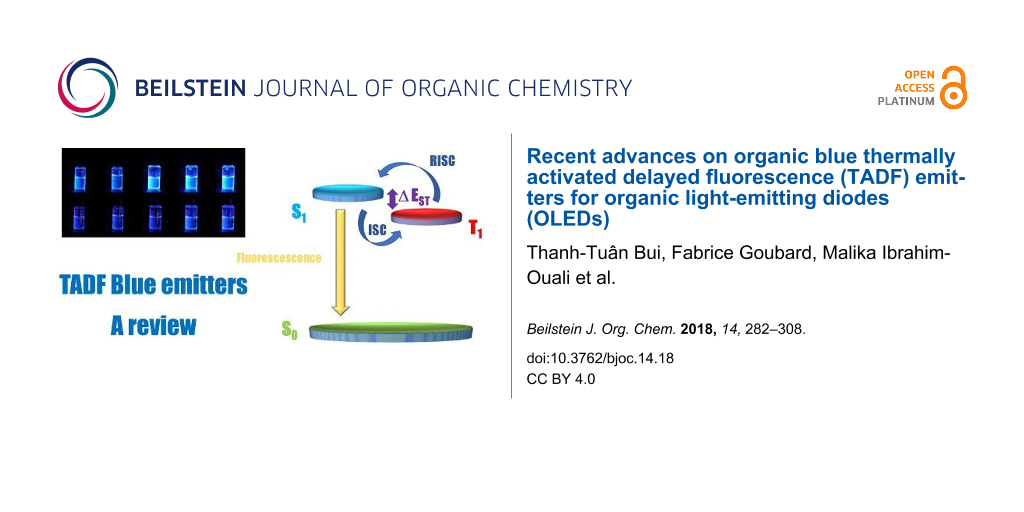
BJOC - Recent advances on organic blue thermally activated delayed fluorescence (TADF) emitters for organic light-emitting diodes (OLEDs)

Modulating the acceptor structure of dicyanopyridine based TADF emitters: Nearly 30% external quantum efficiency and suppression on efficiency roll-off in OLED - ScienceDirect
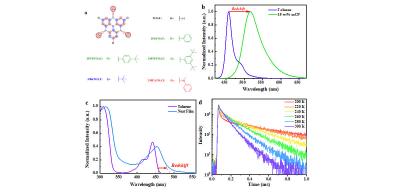
Densely-packaged dimer-enhanced MR-TADF emitters demonstrate high efficiency with a narrow emission spectrum | OLED Info

Molecular Design Strategies for Color Tuning of Blue TADF Emitters | ACS Applied Materials & Interfaces
